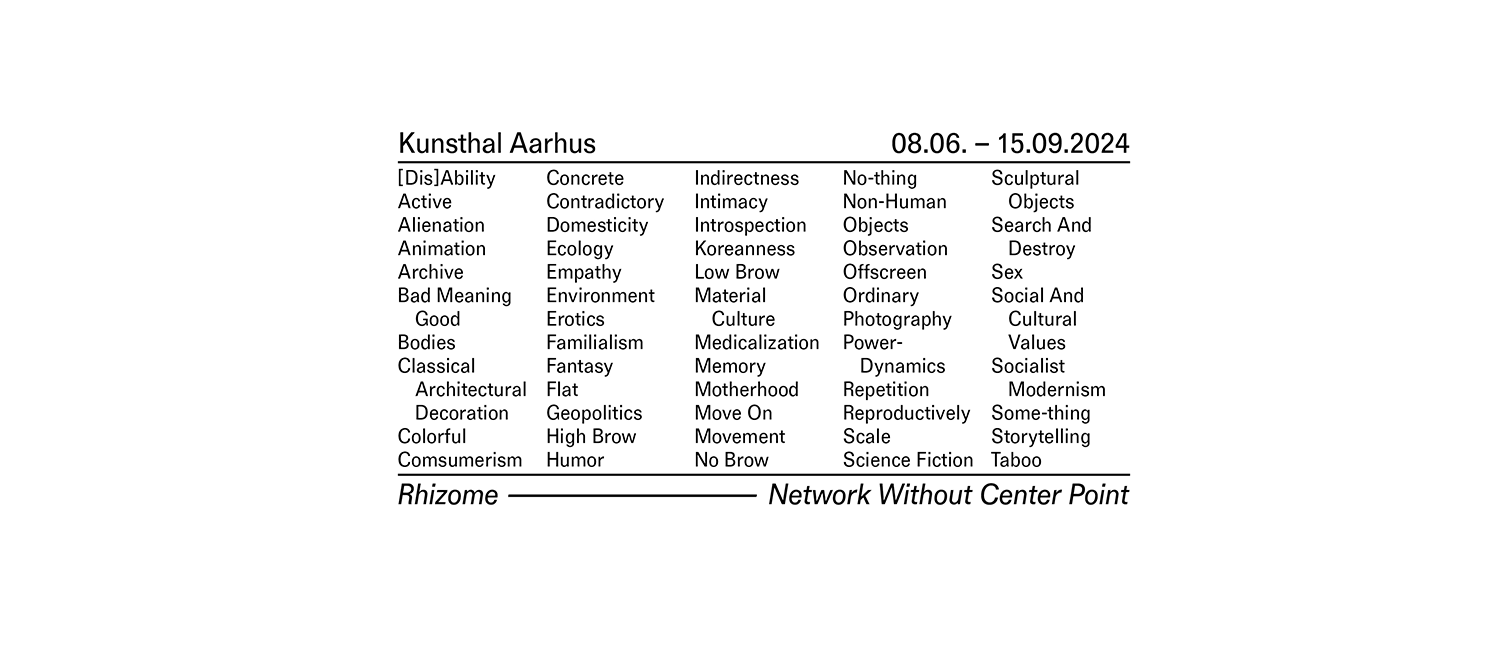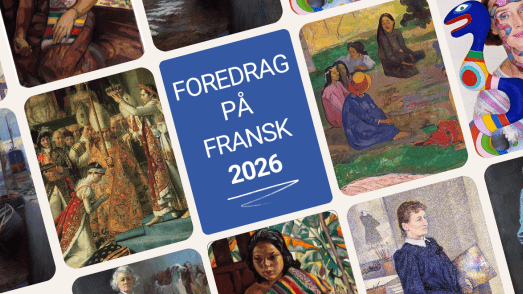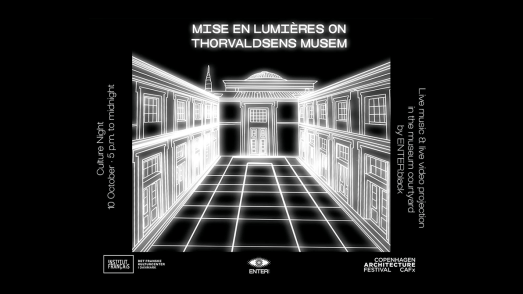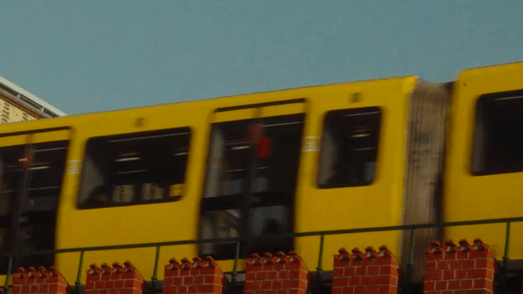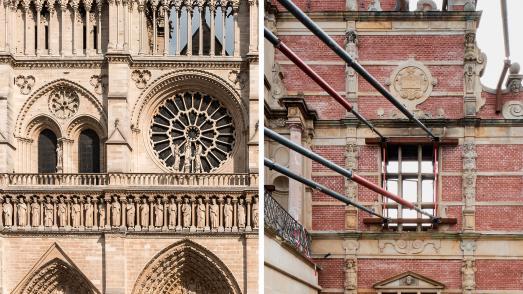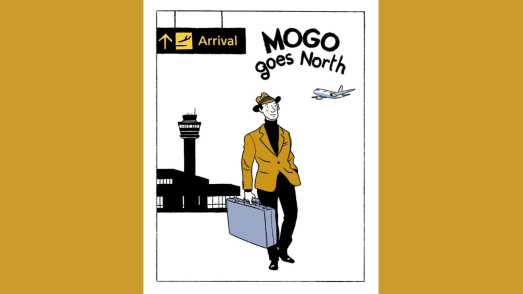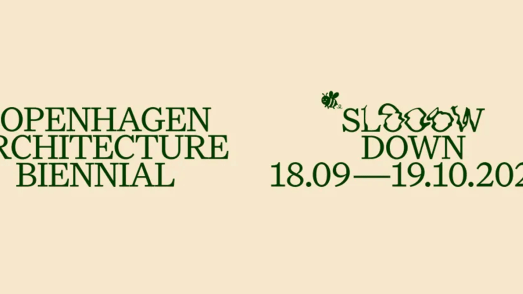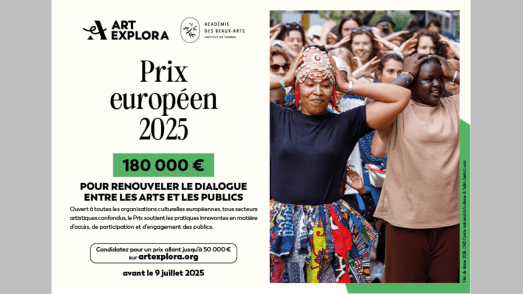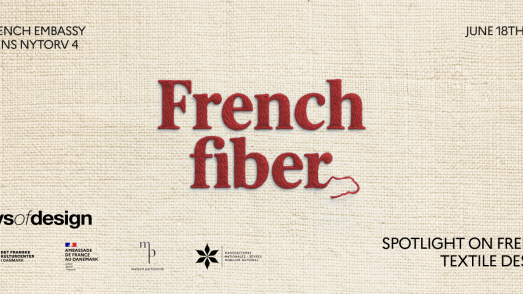On 8 June, the Kunsthal Aarhus opened the doors to ‘Rhizome - Network without Central Point’, a group exhibition presenting 40 series of works created by eleven young Danish and international artists, either created specifically for the exhibition or shown for the first time in Denmark. The exhibition spans the four galleries of the Kunsthal Aarhus, the café, the stairs and the exterior.
These eleven artists work with drawings, paintings, prints, photographs, sculptures, objects, site-specific installations, videos, performances and textual works. The exhibition thus offers a broad overview of different forms of artistic expression from around the world.
On this occasion, the French Institute of Denmark is supporting the work of artist Eugénie Didier who is currently in her 4th year at the Beaux-Arts de Paris school, in the studio of Tim Eitel. Through her paintings, she seeks to highlight intimate scenes, depicting individuals in their personal environment, whether with family, friends or simply in their daily lives. Her aim is to detect the universality that lies behind these ordinary subjects. Finally, photography plays a central role in his work, serving as the starting point for all his paintings. She uses precise framing to tell a story, while giving clues to what lies outside the field. By playing with perspective and angles, she seeks to create a realistic atmosphere that engages the viewer.
A NETWORK WITHOUT HIERARCHY
In botany, a ‘rhizome’ is a horizontally growing underground stem that stores nutrients and can produce both roots and shoots. Gilles Deleuze and Félix Guattari used this term in ‘Mille Plateaux’ (1987) to describe a way of disseminating knowledge without hierarchy, emphasising organic connectivity and decentralisation. The title of the exhibition refers to this idea.
With no specific theme, the exhibition questions the need for a predetermined focus, inviting curators, artists and the public to collectively find, create and present common themes. This experimental format aims to foster a community based on independence and collaboration. Works, whether similar or contrasting, share a common reference within the same rhizome.

